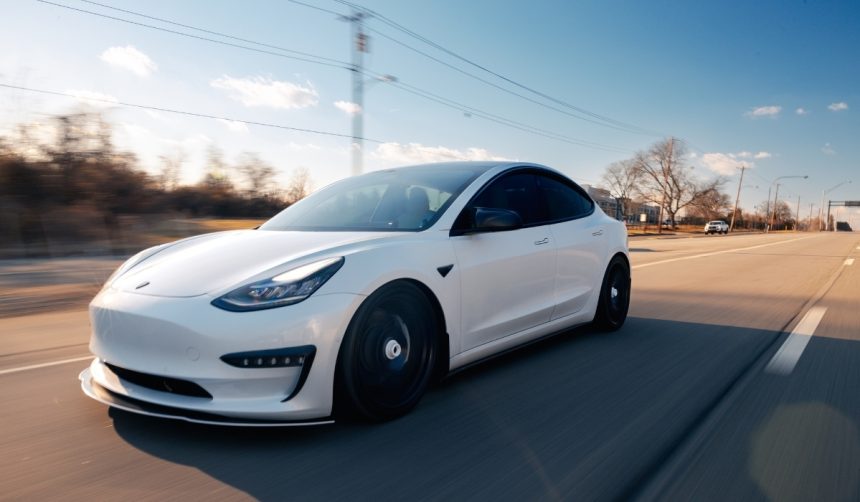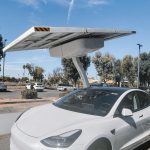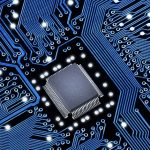A recent long-distance road test has highlighted the progress of autonomous driving systems, as Morgan Stanley analyst Adam Jonas relied on Tesla’s Full Self-Driving (FSD) feature for a 1,400-mile round trip between New York and Michigan. The journey, undertaken in a 2021 Tesla Model Y equipped with FSD Supervised v12.6.4 and Hardware 3, emphasized both the practical challenges and achievements in current self-driving technologies. Road safety, comfort, and hands-off operation are high consumer priorities, making such direct experiences influential for public perception and market trends in advanced driver-assistance systems.
Reports about Tesla’s Full Self-Driving in previous years mainly focused on urban driving and short commutes, often pointing out system quirks, regulatory hurdles, or the need for constant oversight. Existing feedback included sporadic anecdotes from users struggling with understanding software limitations and moments where the technology fell short. Jonas’s cross-state experience builds on these earlier narratives by demonstrating FSD’s functionality over sustained highway conditions, highlighting measurable improvements and showcasing Tesla’s commitment to iterative software development through real-world feedback. Unlike previous tests, this trip encountered basic operational challenges under inclement weather and variable road types, revealing new strengths and highlighting the persistent need for occasional manual input.
How Did Tesla FSD Perform During the Extended Trip?
The FSD managed more than 99% of the total miles, according to Jonas, who experienced minimal need for intervention aside from a few weather-related incidents and navigating parking lots. He described the trip as predominantly hands-free and foot-free, underscoring the advanced capabilities of Tesla’s highway driving feature.
“Having your hands off the wheel and feet off the pedals for nearly 12 hours of driving is a real game changer that is hard to appreciate without experiencing it for yourself,”
Jonas remarked. These outcomes point to notable progress but do not yet eliminate the need for occasional driver attention, particularly during adverse weather.
What Supports the User Experience on Tesla Long Journeys?
Tesla’s Supercharging network also played a critical role in supporting the long trip without significant hassle, adding convenience to the overall experience. Jonas noted that the $8,000 investment for the FSD package seemed worthwhile, as the system delivered consistent performance over the duration of his journey. The seamless combination of navigation software and reliable charging further strengthens the appeal, especially among frequent travelers and those seeking low-stress travel across state lines.
“I cannot imagine buying another EV without FSD,”
Jonas stated, emphasizing a shift in his purchasing priorities as a result of technological reliability.
What Are the Ongoing Industry and Market Impacts?
Jonas, a highly regarded voice on Tesla within financial circles, has made his view clear by maintaining a $410 price target for Tesla stock, partly based on the company’s continued advancements in autonomy. His repeated advocacy for FSD, including similar comments at the Morgan Stanley Laguna Conference, add weight to the ongoing discussion regarding Tesla’s potential in self-driving technology. The analyst’s perspective also reinforces market confidence in the scalability and commercial viability of Tesla’s autonomous software, positioning the company as a notable contender in future mobility solutions.
Direct, comprehensive experiences like Jonas’s offer practical insights as opposed to theoretical discussions about autonomous vehicles. For potential buyers and industry watchers, thorough understanding of both abilities and limitations is critical. Such field tests encourage informed decisions, prompt expectations management, and support responsible product evolution in a fast-moving domain. Users curious about FSD or considering adoption should factor in hardware versions, evolving regulatory guidelines, and Tesla’s incremental updates. Continuous feedback from the field, particularly from informed, influential individuals, plays a vital role in shaping technology development direction and regulatory response. Those interested in similar long-distance journeys using Tesla’s FSD should stay updated with the latest software versions, and be prepared for possible manual intervention, especially under challenging conditions such as heavy rain or unusual routes.
- Tesla FSD drove over 99% of 1,400 miles with few interventions.
- Charging infrastructure and highway capability supported the analyst’s journey.
- Consistent real-world use highlights FSD’s improving reliability and current limits.










